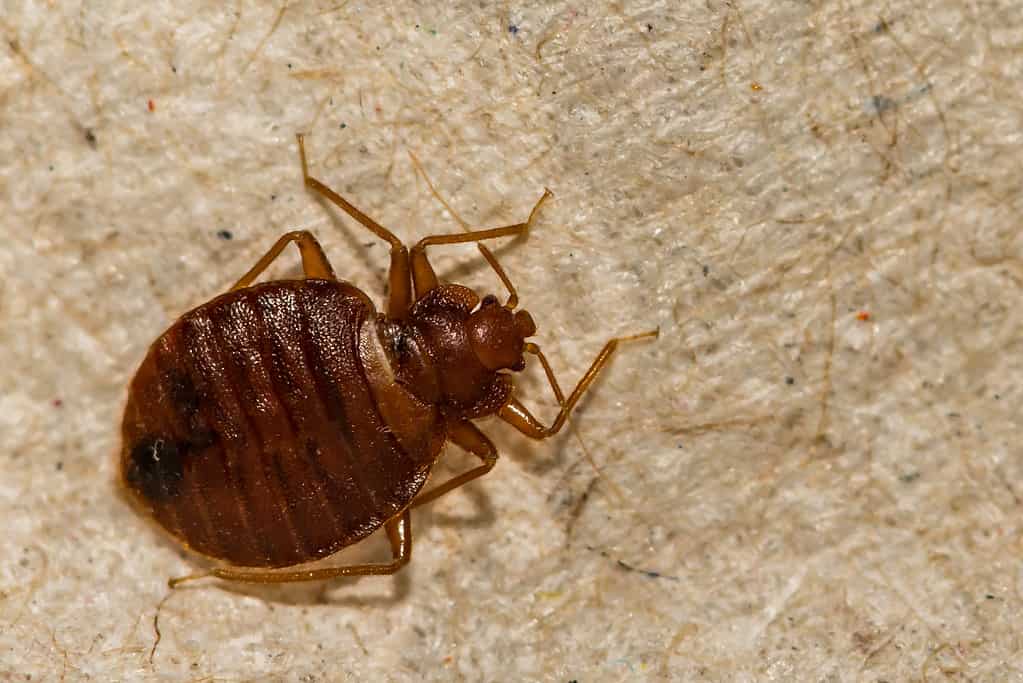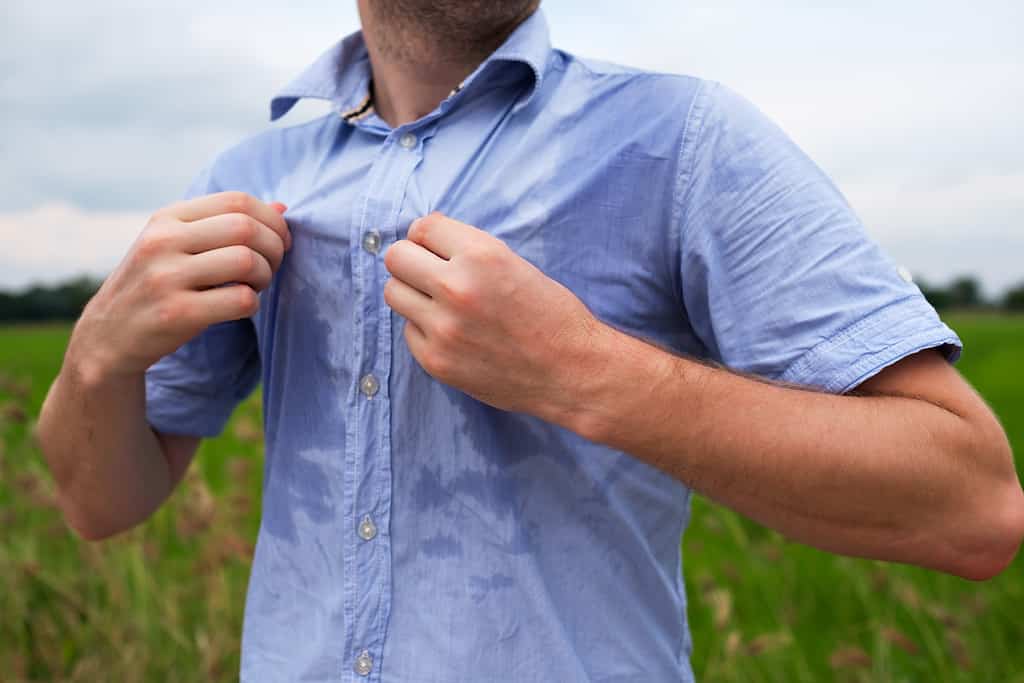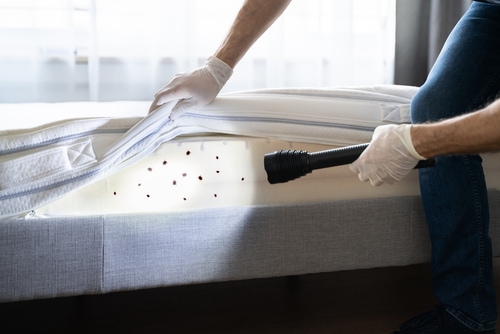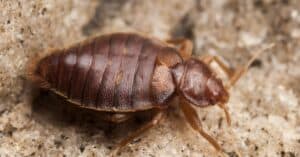The idea that having bed bugs indicates poor personal hygiene and that bed bugs are attracted to filth and grime has persisted over time. However, there is sufficient evidence to demonstrate such is not the case. For instance, you never find bed bugs near unwashed dishes. There are, however, smells that attract bed bugs.

What happens if they are not drawn to the filth in your house? According to studies, these microscopic animals favor warm settings with easy access to carbon dioxide and their favorite food, blood, in order to survive.
Bed bugs are drawn to a variety of distinct aromas in addition to the carbon dioxide you exhale and the heat your body generates. Yes, the scents within your home may be what’s attracting these awful critters.
Scents That Attract Bed Bugs

There are roughly 90 species of bed bugs.
©Jay Ondreicka/Shutterstock.com
1. Histamine

Bedbugs are drawn to the smell of histamine that is present on the skin.
Image: New
Africa
, Shutterstock
©New Africa/Shutterstock.com
Bed bugs produce the chemical-like odor known as “Histamine” whenever they bite a person and feed on their blood, which draws more bed bugs to that area. This is why they tend to congregate in a single location.
This distinctive smell, which is mostly present in bed insect skin and feces, typically alerts the other pesky critters that it’s a secure location to feed. Scientists have devised a cunning method to force bed bugs out of hiding. They have created bed insect traps that release the histamine that bed bugs emit.
2. Dirty Laundry

Spiders and bed bugs love hiding in dirty laundry.
©Paul Michael Hughes/Shutterstock.com
Due to your sweat and aroma, bed bugs adore the stench of dirty laundry. Bed bugs are drawn to the sweaty fragrance in your clothing, and these spooky creatures often mistake it for you.
In a recent study, clean and soiled garments were alternately placed in various locations of a bedbug-infested room for the duration of the night. And much to their shock, when they checked the following morning, the filthy clothing was covered in bed bugs.
Interestingly, these grotesque monsters can go two months between eating sessions. These cold-blooded animals may survive for up to a year without blood and prefer to decrease their metabolism in colder climates.
Bed bugs typically only consume food every few days. Consider how long they could survive in your laundry basket, particularly throughout the winter. Additionally, bed bugs can find it to be the perfect place to hide in the filthy laundry.
The clothing’s fabric offers bed bugs a cozy place to hide, and the wrinkles and folds in the fabric shield them from attackers and the outside surroundings. To prevent bed bugs from having a place to hide, it is crucial to store dirty clothing in a basket with a lid and wash it frequently.
3. Pheromones

Washing sweaty clothes can help prevent bed bugs.
©RealPeopleStudio/Shutterstock.com
Bed bugs are parasitic insects that consume both human and animal blood as food. They are drawn to human beings in a number of ways, including the compounds found in our perspiration and body odor. These substances, referred to as pheromones, are created naturally by the human body.
Bed bugs can smell these pheromones at a distance because of their incredibly sensitive olfactory sensors. A bed insect that detects these chemicals will quickly be drawn to the point of origin. This will cause them to move in the direction of the person.
There are numerous sweat glands throughout the body, and every single one produces pheromones with a unique chemical makeup. For instance, the high concentrations of lactic acid and ammonia found in the sweat glands’ pheromones make them very alluring to bed bugs.
Similar to this, the apocrine glands, which are located in the crotch and underarms, create pheromones with high quantities of fatty acids that are very alluring to bed bugs. Bed bugs are drawn to the carbon dioxide that people breathe out along with pheromones.
By knowing what draws bed bugs to people, one can take precautions to avoid infestations and repel these annoying pests.
4. Perfume

Floral scents draw bed bugs in.
©HelloRF Zcool/Shutterstock.com
Perfume and cologne can also entice bed bugs. Many people would be surprised by this, but there is in fact a very good explanation behind it. Floral smells, fruit extracts, as well as specific kinds of alcohol, are examples of these additives.
These components may become airborne when you spray cologne or perfume near where you sleep, luring bedbugs to the region. Bed bugs have an excellent sense of smell, which they employ to find fresh sources of food.
They can presume there is a human around when they smell perfume and travel toward the fragrance to gorge on our blood. Some perfumes could have components that bed bugs find repulsive or disgusting.
If you want to reduce the likelihood of drawing in bed bugs, it’s recommended to refrain from wearing fragrance to bed or spritzing it in your bedroom. You can go a step further and change your clothes and shower before getting into your bed. This ensures that none of the fragrance transfers.
Summary of 4 Scents That Attract Bed Bugs
| Attracting bed bugs | Scent |
|---|---|
| 1 | Dirty laundry |
| 2 | Histimine |
| 3 | Pheromones |
| 4 | Perfume and cologne |
Thank you for reading! Have some feedback for us? Contact the AZ Animals editorial team.








